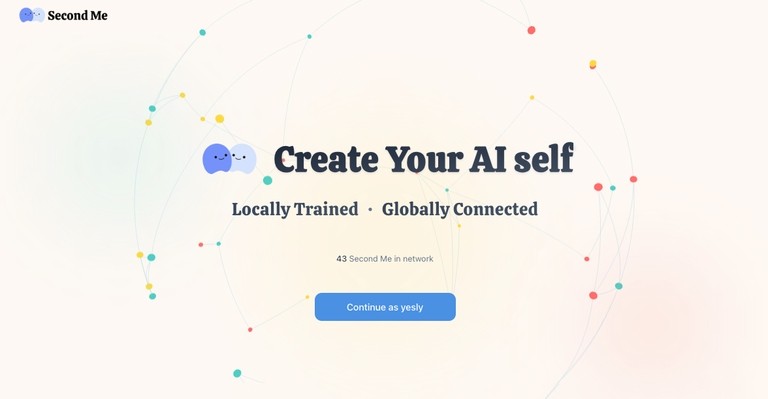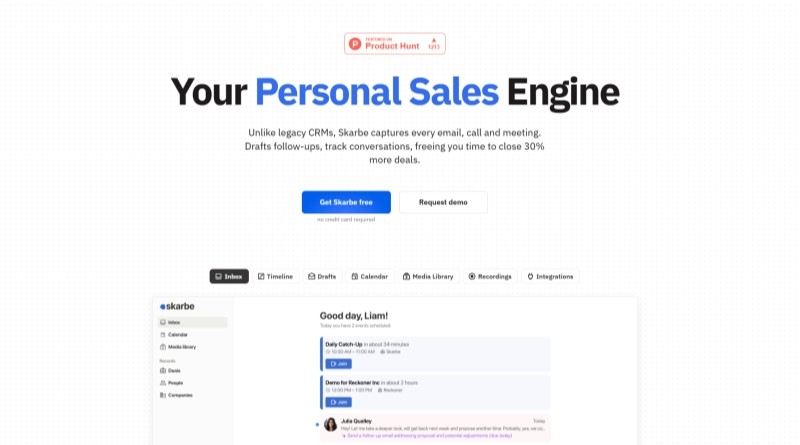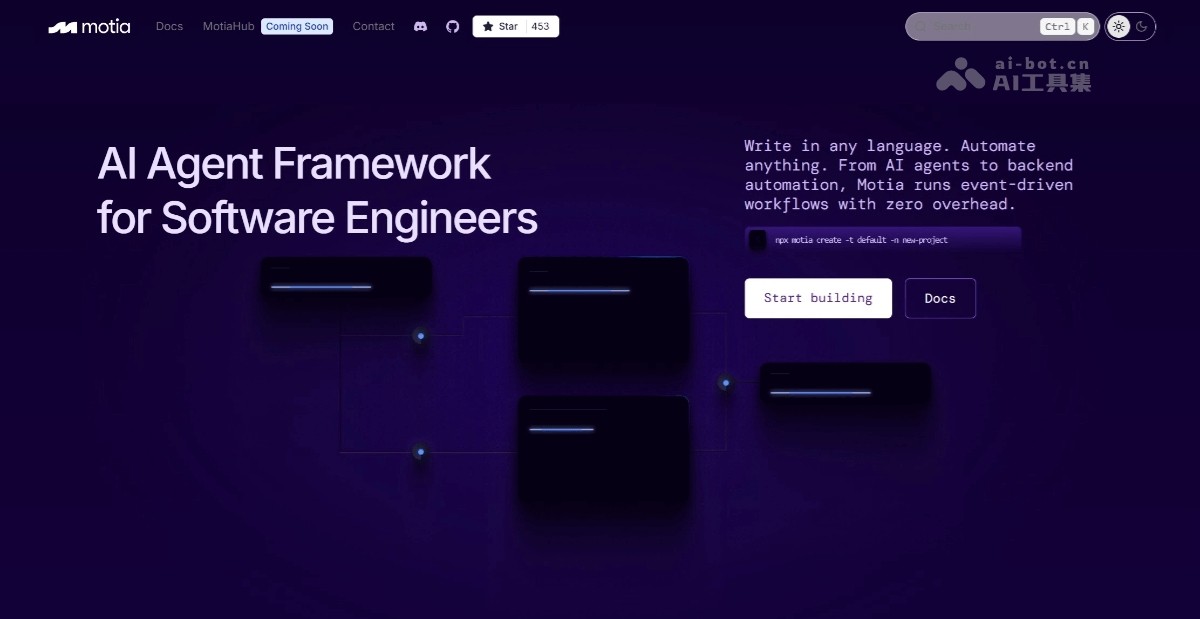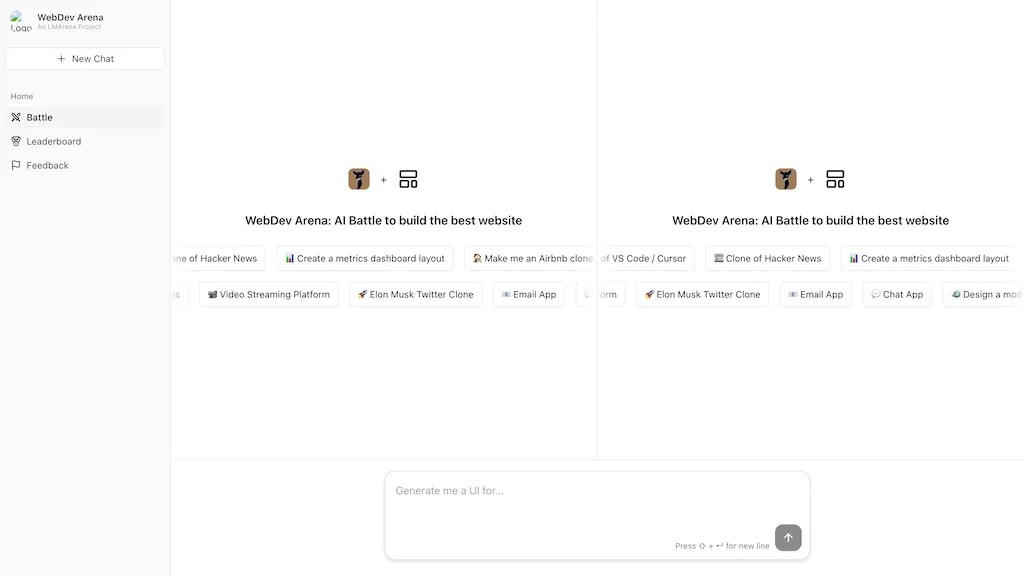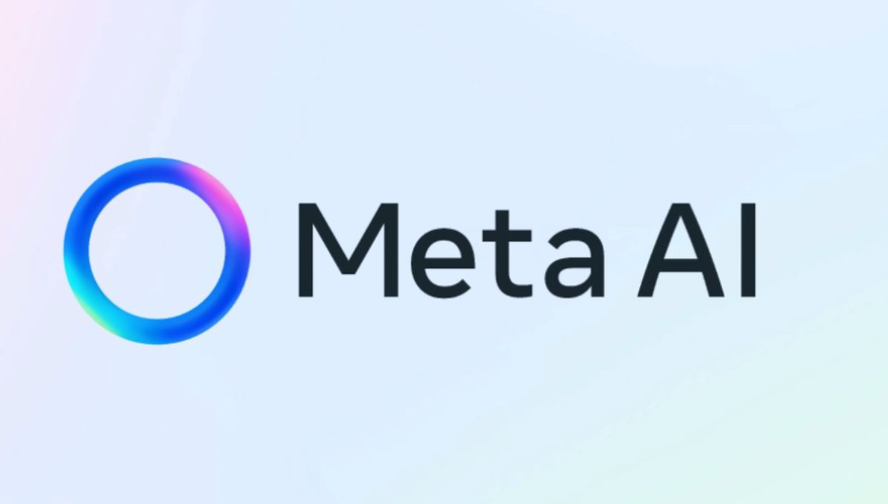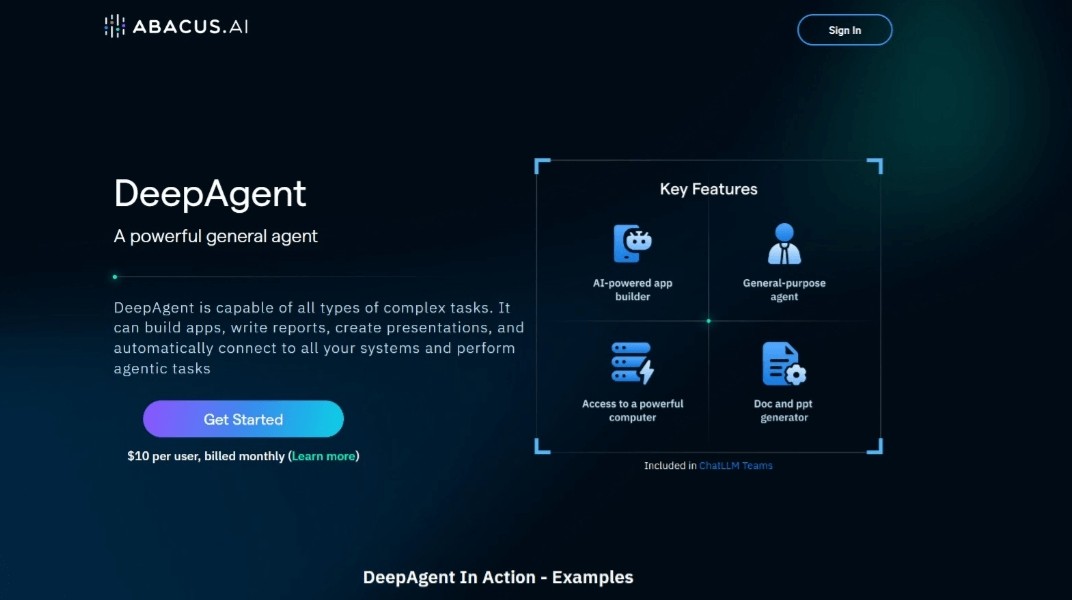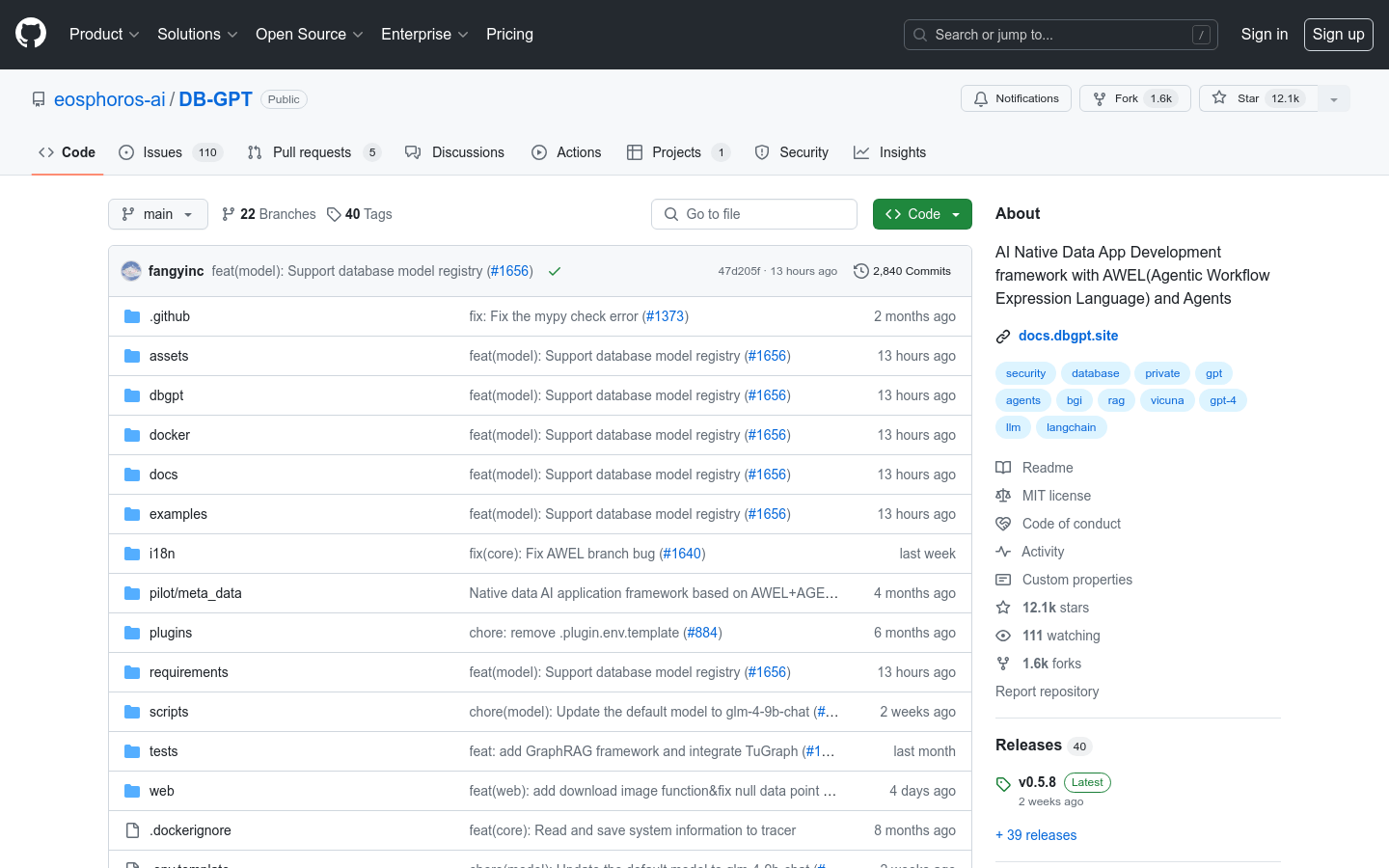
DB-GPT is an open source AI native data application development framework that uses AWEL (Agentic Workflow Expression Language) and agent technology to simplify the integration of large model applications and data. It enables enterprises and developers to build customized applications with less code through technical capabilities such as multi-model management, Text2SQL effect optimization, RAG framework optimization, and multi-agent framework collaboration. In the Data 3.0 era, DB-GPT provides basic data intelligence technology for building enterprise-level report analysis and business insights based on models and databases.
Demand group:
" DB-GPT is primarily aimed at enterprise developers and data scientists who want to use AI technology to simplify database interaction and data analysis. It is especially suitable for professionals who need to build customized applications, optimize database queries, and improve the efficiency of data-driven decision-making."
Example of usage scenario:
Enterprises use DB-GPT to build customized data analysis and report generation applications.
Developers use DB-GPT 's Text2SQL function to optimize the database query process.
Data scientists use DB-GPT 's fine-tuning framework to improve the accuracy of models in specific fields.
Product features:
The RAG (Retrieval Augmented Generation) framework supports building knowledge-based applications.
GBI (Generative Business Intelligence) provides basic data intelligence technology for enterprise reporting analysis and business insights.
A complete fine-tuning framework supports enterprises to implement model fine-tuning in vertical and segmented fields.
A data-driven self-evolving multi-agent framework that continuously makes decisions and executes based on data.
Data Factory focuses on cleaning and processing trusted knowledge and data in the era of large models.
Supports the integration of multiple data sources and seamlessly connects production business data to the core capabilities of DB-GPT .
Usage tutorial:
1. Visit DB-GPT ’s GitHub page and clone or download the project code.
2. Read the documentation to understand the framework’s architecture and core capabilities.
3. Select appropriate models and data sources for integration according to needs.
4. Use AWEL to define workflows and agents to automate data processing and analysis.
5. Train and optimize the selected model through the fine-tuning framework.
6. Deploy and test developed applications to ensure they meet business requirements.
7. Conduct iterative development based on feedback to continuously improve application performance.
